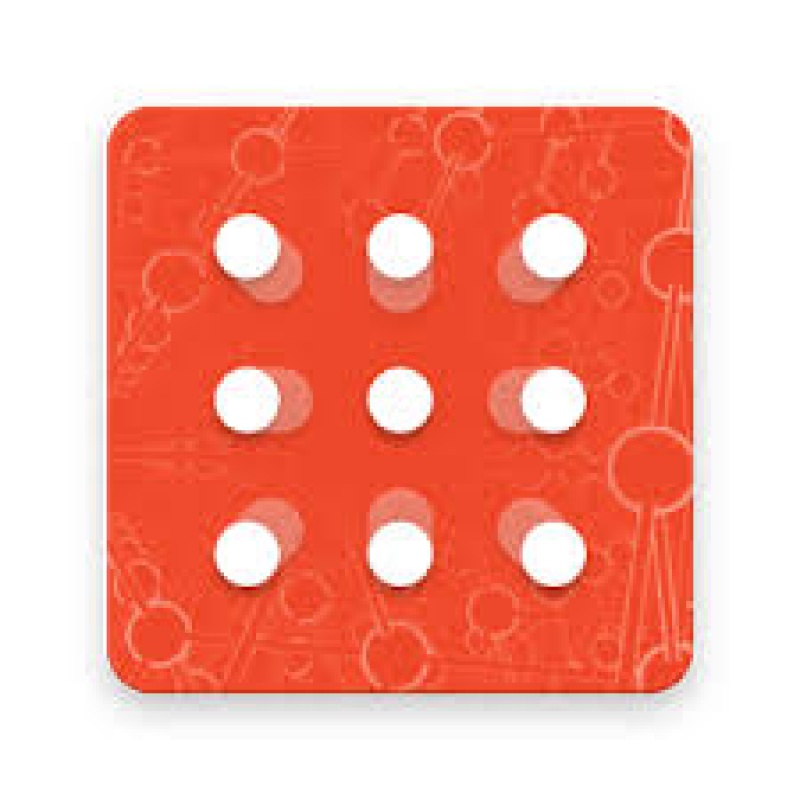
MEL Chemistry VR
MEL Chemistry VR is a set of short lessons, which explain and show how atomic structures and chemistry concepts work. See what it looks like to dive into a pencil or a diamond and observe it at the atomic level. Difficult chemistry concepts are easily explained and the ability to interact with educational material builds up solid knowledge and long term memory. Each lesson is 3-7 minutes long and can be easily integrated into the classic lesson flow, just making the subject more visual and comprehensive. MEL Chemistry VR works on Android phones with Google Daydream or Google Cardboard VR headsets. The teacher can view and control the student's experience on a tablet. MEL Chemistry VR also offers comprehensive teacher materials to be used with the app.
The pedagogical analysis covers how the product supports learning of the identified skills. The student’s role is assessed by four contrary pair parameters, which are selected to cover the most essential aspects on the use of the product.
The following are the high educational quality aspects in this product.
The supported learning goals are identified by matching the product with several relevant curricula descriptions on this subject area. The soft skills are definitions of learning goals most relevant for the 21st century. They are formed by taking a reference from different definitions of 21st century skills and Finnish curriculum.


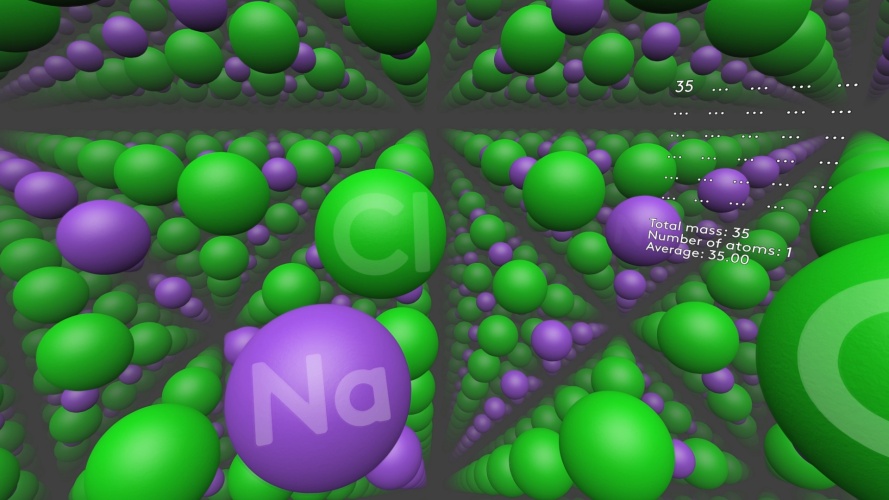
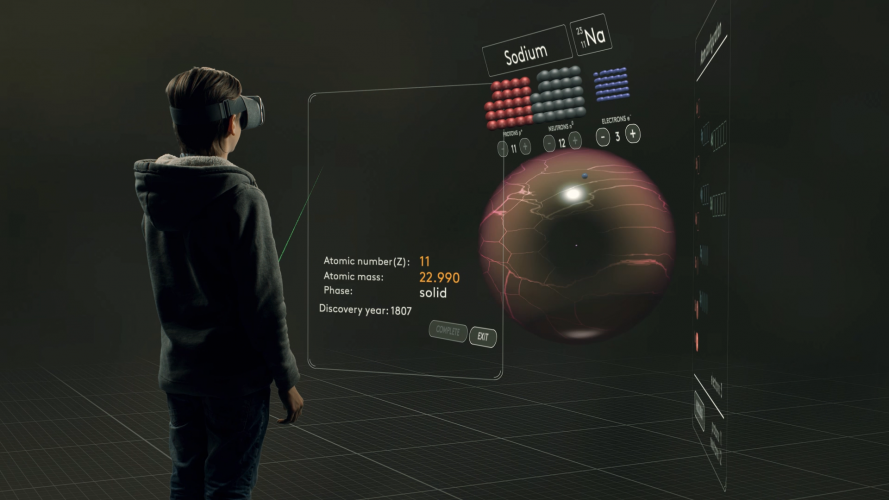

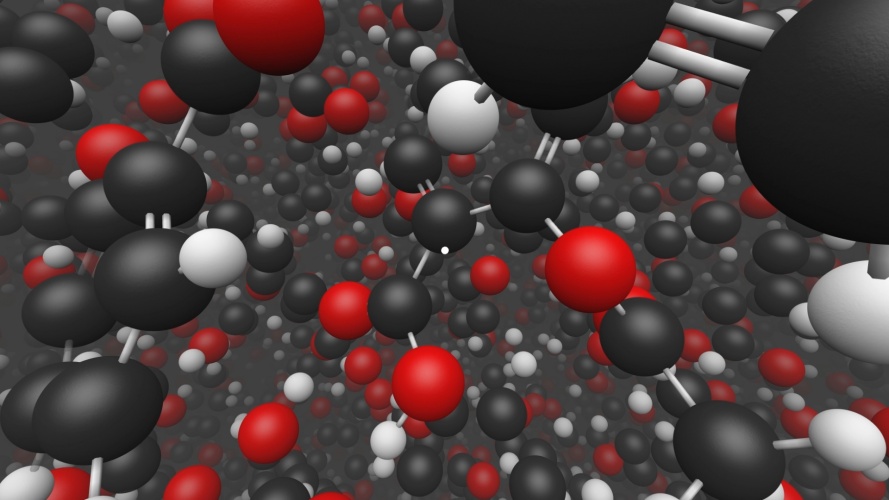
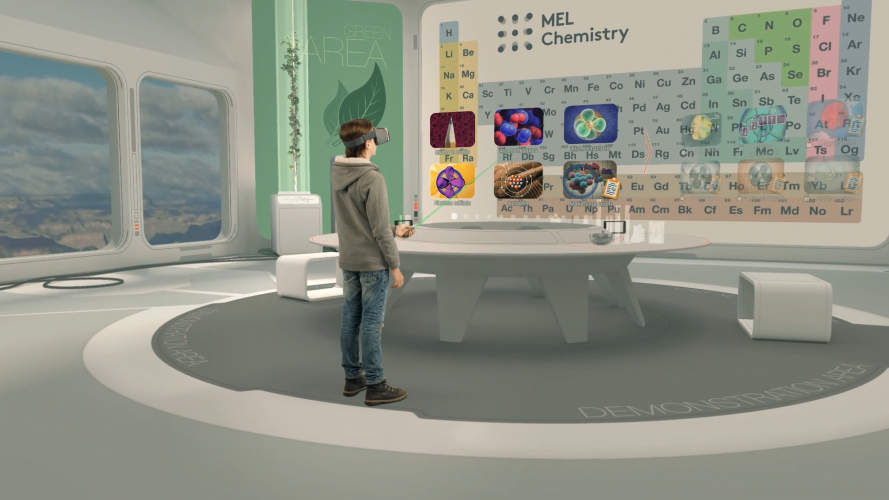
User reviews for MEL Chemistry VR
You need to log in to post a review.